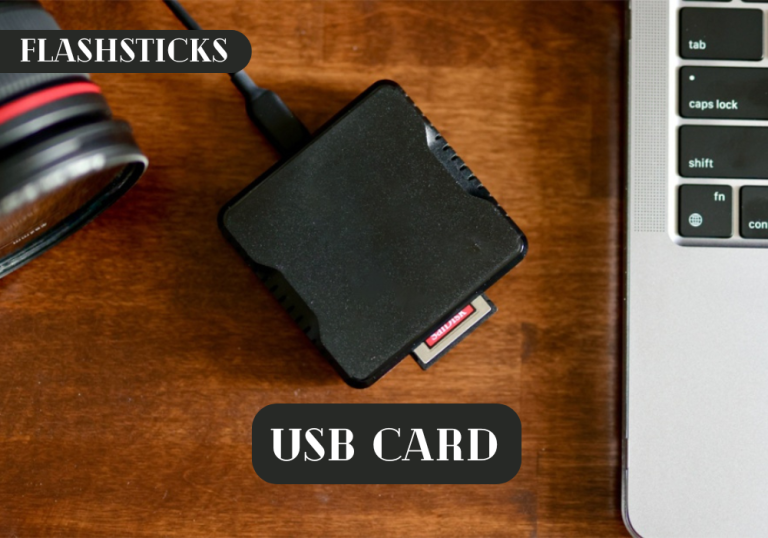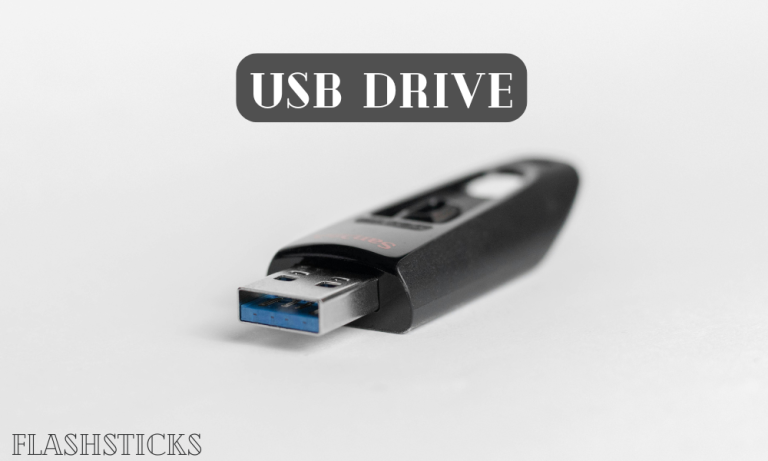What is the difference between a flash drive and a USB stick?
“`In the realm of data storage, the terms ”flash drive” and “USB stick” are often used interchangeably. However, there are subtle differences between the two that are important to understand, especially if you’re deciding which one to use for your specific needs. In this article, we delve into the definitions, characteristics, uses, benefits, and practical tips related to these commonly used storage devices. Read on to clear up any misconceptions and make a well-informed decision.
Defining Flash Drive and USB Stick
Before we explore the differences, let’s define what each device is:
What is a Flash Drive?
A flash drive is a small, portable device that uses solid-state flash memory to store data. Flash drives are known for their durability and large storage capacities. They connect to computers and other devices primarily through USB ports.
What is a USB Stick?
A USB stick is essentially another name for a flash drive. The term “USB stick” became popular as it emphasizes the USB (Universal Serial Bus) interface used to connect the device to a computer. Additionally, USB sticks are often associated with the simplistic design and ease of use, being able to “stick” into a USB port.
Key Differences Between Flash Drive and USB Stick
Though they are often used synonymously, subtle differences can be noted between a flash drive and a USB stick:
- Terminology: “Flash drive” refers more broadly to any device that uses flash memory, while “USB stick” specifically highlights the USB connector.
- Design: Flash drives may come in various forms such as external SSDs, while USB sticks typically refer to slim, stick-like designs.
- Usage: Both serve similar functions, but “USB stick” is used more informally to describe consumer-grade products.
Common Characteristics
Flash drives and USB sticks share several common characteristics, which include:
| Characteristics | Description |
|---|---|
| Portability | Both are lightweight and easy to carry around. |
| USB Connectivity | They connect to devices via USB ports for data transfer. |
| Data Storage | Both provide storage solutions for photos, videos, documents, and more. |
| Durability | Flash memory makes them resistant to physical shock and extreme temperatures. |
| Plug-and-Play | No need for additional software to be used—just plug and go. |
Benefits
Benefits of Flash Drives and USB Sticks
- High Storage Capacity: Modern flash drives and USB sticks can store up to 1TB of data.
- Convenience: Easy to carry, plug in, and use across various devices.
- Reliability: Solid-state memory ensures data integrity and longevity.
- Compatibility: Work seamlessly with multiple operating systems including Windows, MacOS, and Linux.
Practical Tips for Optimal Use
Choosing the Right Device
When selecting between a flash drive and a USB stick, consider the following:
- Storage Capacity: Choose a device with enough capacity for your needs (e.g., 16GB, 32GB, 64GB, etc.).
- Speed: Higher USB standards (e.g., USB 3.0 or 3.1) offer faster data transfer rates.
- Brand: Opt for reputable brands for reliability and warranty options.
- Design: Depending on your use case, you might prefer a device with additional features like waterproofing or encryption.
Maintaining Your Device
- Safely Eject: Always safely eject your drive to prevent data corruption.
- Regular Backups: Keep your data backed up to avoid loss in case of device failure.
- Avoid Physical Stress: Keep the device from being crushed or bent.
Conclusion
Understanding the difference between a flash drive and a USB stick can help you make an informed choice tailored to your storage needs. While both terms are frequently used interchangeably, they underscore slight differences, mainly in terminology and perspective. Regardless of the term you prefer, both devices offer reliable, portable storage solutions that make modern computing convenient and efficient. Make sure to consider the tips provided when choosing and using your device to get the most out of your investment.
“`







